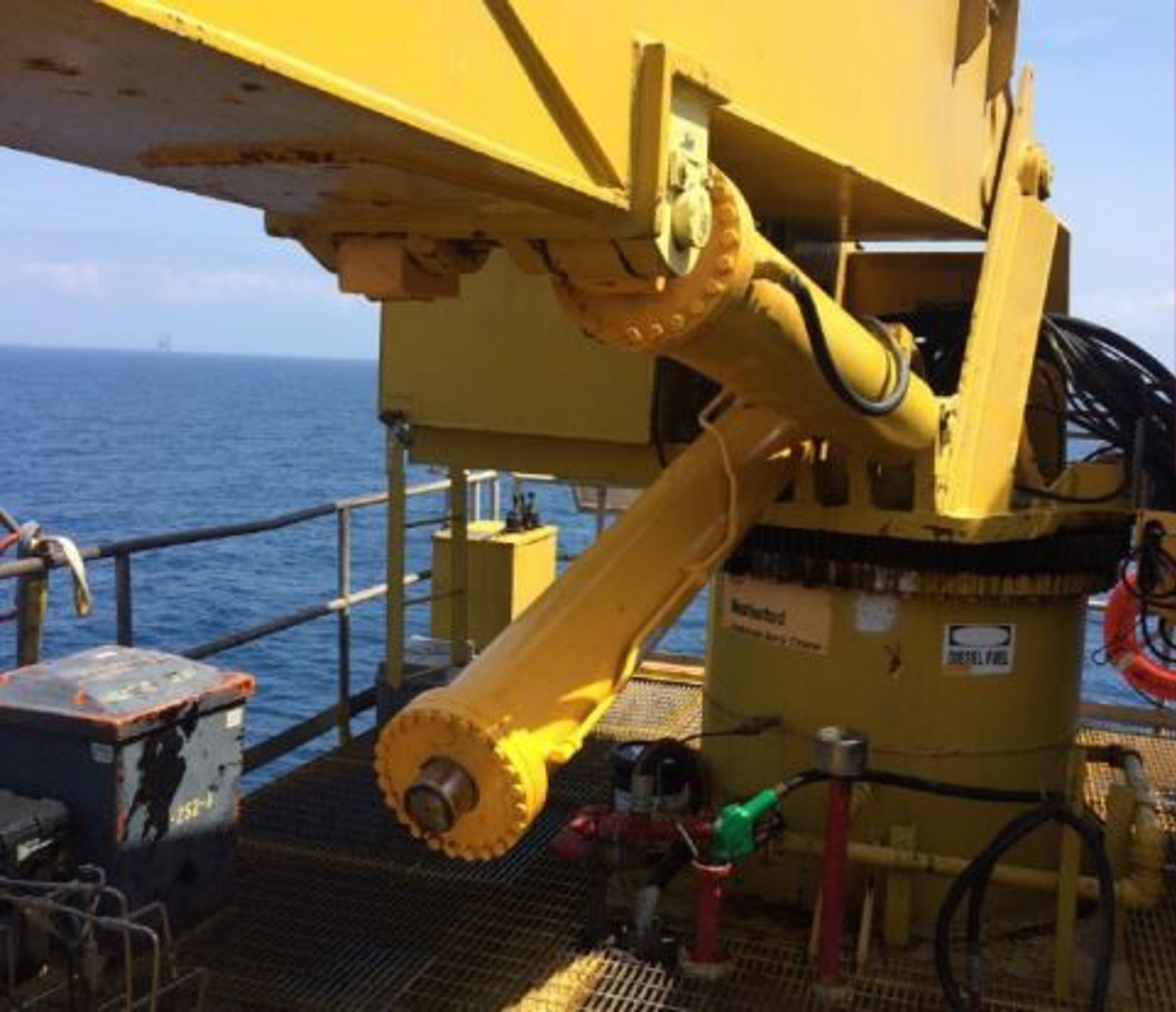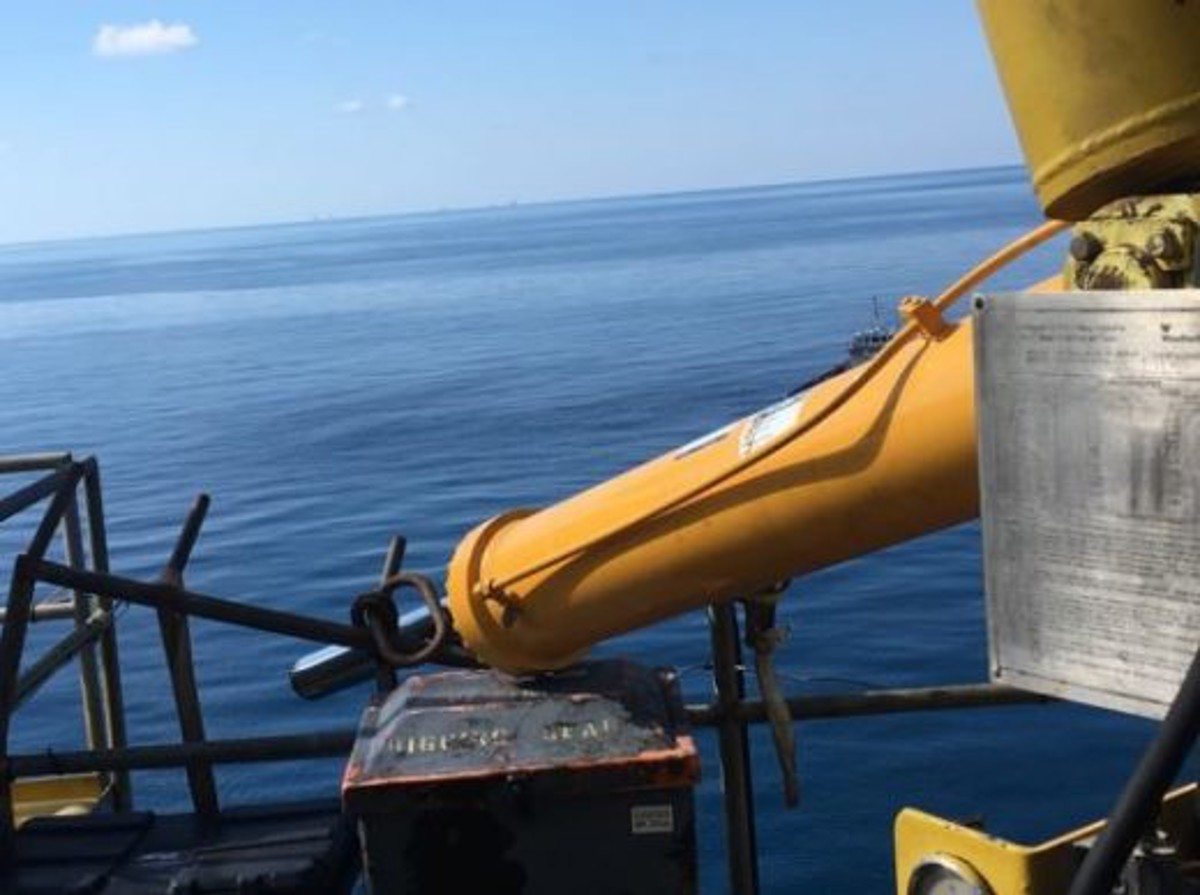BSEE: Failure of Crane Hydraulic Boom Cylinders
- Safety Flash
- Published on 14 December 2018
- Generated on 14 July 2025
- IMCA SF 27/18
- 2 minute read
The US Bureau of Safety and Environmental Enforcement (BSEE) has published Safety Alert No. 342, regarding two crane failure accidents, identical in incident.
Both accidents occurred during operation on a platform in the Gulf of Mexico during 2018.
In the first incident, a hydraulic boom cylinder recently installed was compromised when the cylinder rod separated from the cylinder rod eye. This caused the cylinder to drop to the deck below. As there were two cylinders on the crane, the failure did not cause the boom to collapse.
In the second incident, a replacement for the above-mentioned failed cylinder suffered the exact same failure. In this second instance, the replacement cylinder fell and hit a handrail.
Both failed cylinders and the remaining attached cylinder were sent to a hydraulics/cylinder specialist for inspection. The specialist found the following:
- In the cylinders that failed, the pin-to-pin lengths were different – this was due to different rod lengths;
- The difference in rod lengths meant that when the cylinders were working in tandem, the shorter length cylinders experienced stress at the rod pin coupling;
- The stress, alongside an inferior weld, resulted on a failure of the rod pin coupling and rod connection. This failure led the rod to separate from the rod pin coupling, causing the cylinder to fail.
BSEE recommended that operators consider the following in the future:
- Ensure equivalent eye-to-eye rod length of hydraulic boom cylinders, when repair of one is necessary;
- Review crane cylinder configurations;
- Make the original equipment manufacturer aware of the failures (regardless of the manufacturer) – BSEE recommends that operators obtain any replacement hydraulic boom cylinders from the original equipment manufacturer, or a certified manufacturer.
The full safety alert can be viewed on the BSEE website.
IMCA Safety Flashes summarise key safety matters and incidents, allowing lessons to be more easily learnt for the benefit of the entire offshore industry.
The effectiveness of the IMCA Safety Flash system depends on the industry sharing information and so avoiding repeat incidents. Incidents are classified according to IOGP's Life Saving Rules.
All information is anonymised or sanitised, as appropriate, and warnings for graphic content included where possible.
IMCA makes every effort to ensure both the accuracy and reliability of the information shared, but is not be liable for any guidance and/or recommendation and/or statement herein contained.
The information contained in this document does not fulfil or replace any individual's or Member's legal, regulatory or other duties or obligations in respect of their operations. Individuals and Members remain solely responsible for the safe, lawful and proper conduct of their operations.
Share your safety incidents with IMCA online. Sign-up to receive Safety Flashes straight to your email.

